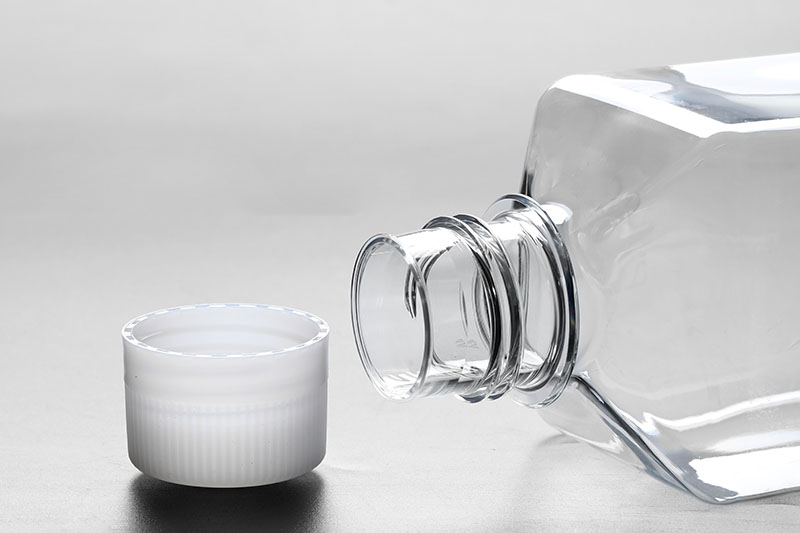Là một loại vật tư tiêu hao nuôi cấy tế bào, media chai có yêu cầu cao về độ vô trùng của chính chúng. Nói chung, chúng đã được xử lý vô trùng. Phương pháp khử trùng được sử dụng là khử trùng bằng tia điện tử. Vậy ưu điểm của phương pháp tiệt trùng này là gì?
Chiếu tia điện tử là một kỹ thuật thường được sử dụng để tiệt trùng các sản phẩm đóng gói dược phẩm và các thiết bị y tế. Nó hoạt động bằng cách hướng một dòng điện tử liên tục qua vật phẩm được khử trùng. Nó mất hoạt tính và sản phẩm được chiếu xạ trở nên vô trùng.
Phương pháp tiệt trùng tia điện tử được sử dụng trong chai môi trường có nhiều ưu điểm, thuận tiện, nhẹ nhàng, hiệu quả và được thực hiện liên tục trên sản phẩm đóng gói cuối cùng (chẳng hạn như sản phẩm được cung cấp trong tổ được sử dụng trong chất độn dẻo). Nó hoạt động ở nhiệt độ thấp hơn nhiều so với khử trùng bằng hơi nước và thích hợp cho các sản phẩm có khu vực khó tiếp cận (ví dụ: hộp mực có nắp đậy). So với bức xạ gamma, nó có nguy cơ suy giảm thấp hơn nhiều (do thời gian phơi nhiễm ngắn hơn); so với tiếp xúc với etylen oxit, nó giúp loại bỏ nguy cơ hấp thụ etylen oxit và thâm nhập sau đó vào sản phẩm thuốc. và khử trùng bằng hóa chất áp suất cao. Việc sử dụng phương pháp tiệt trùng này đối với các chai lọ môi trường không chỉ tiện lợi, nhanh chóng mà về cơ bản còn đảm bảo rằng huyết thanh ở trong môi trường bảo quản tốt. Giúp tiến độ công việc nuôi cấy tế bào diễn ra suôn sẻ.
Based on the above advantages, the birth of electron beam sterilization technology has made many products bid farewell to the use of high temperature and high pressure chemical sterilization. The use of this sterilization method for media bottles is not only convenient and fast, but also fundamentally ensures that the serum is in a good storage environment. Help the smooth progress of cell culture work.
The FAI climbed 5.9 percent year-on-year in the first 11 months of 2018, quickening from the 5.7-percent growth in Jan-Oct, the National Bureau of Statistics (NBS) said Friday in an online statement.
The key indicator of investment, dubbed a major growth driver, hit the bottom in August and has since started to rebound steadily.
In the face of emerging economic challenges home and abroad, China has stepped up efforts to stabilize investment, in particular rolling out measures to motivate private investors and channel funds into infrastructure.
Friday's data showed private investment, accounting for more than 60 percent of the total FAI, expanded by a brisk 8.7 percent.
NBS spokesperson Mao Shengyong said funds into weak economic links registered rapid increases as investment in environmental protection and agriculture jumped 42 percent and 12.5 percent respectively, much faster than the average.
In breakdown, investment in high-tech and equipment manufacturing remained vigorous with 16.1-percent and 11.6-percent increases respectively in the first 11 months. Infrastructure investment gained 3.7 percent, staying flat. Investment in property development rose 9.7 percent, also unchanged.
 English
English



















































